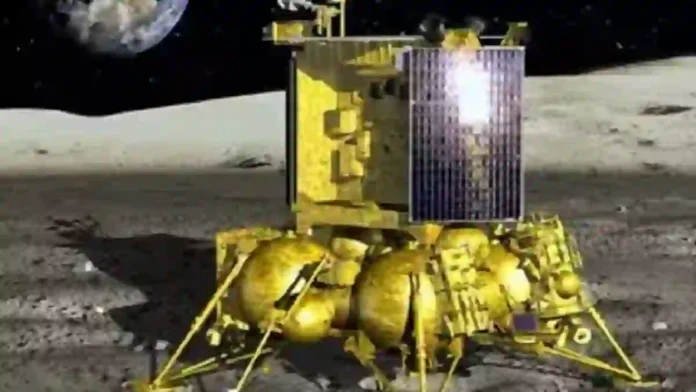Sources – Indianexpress
Russia’s Moon mission ended in failure after its spacecraft Luna-25 spun out of control and crashed into the moon, Russian space agency Roscosmos said on Sunday (August 20).
Here is what we know so far.
What happened to Luna-25?
Luna-25 was supposed to land on the Moon on Monday, days ahead of India’s Chandrayaan-3. Its intended landing site was close to Chandrayaan-3’s, near the lunar south pole.
The crash was confirmed a day after Roscosmos reported an “abnormal situation” which its specialists were analysing. The space agency had said on Saturday that it had lost contact with the aircraft as it was shunted into pre-landing orbit.
“On August 19, in accordance with the flight program of the Luna-25 spacecraft, an impulse was provided for the formation of its pre-landing elliptical orbit. At about 14:57 Moscow time, communication with the Luna-25 spacecraft was interrupted. The measures taken on August 19 and 20 to search for the device and get into contact with it did not produce any results. According to the results of the preliminary analysis, due to the deviation of the actual parameters of the impulse from the calculated ones, the device switched to an off-design orbit and ceased to exist as a result of a collision with the lunar surface,” Roscosmos said in a statement in Russian on Telegram.
The space agency also said, “A specially formed interdepartmental commission will deal with the issues of clarifying the reasons for the loss of the Moon [mission].”
What was the Luna-25 mission?
Although launched on August 10, almost a month after Chandrayaan-3’s launch on July 14, Luna-25 rode on a powerful rocket to reach the lunar orbit in just six days. It was supposed to land on the lunar south pole before Chandrayaan-3, and its success would have made Russia the first country to do so. Luna-25’s mission life was for one year, and its lift-off mass was 1,750 kg.
It did not carry a rover, but had eight payloads mainly to study the soil composition, dust particles in the polar exosphere, and most importantly detect surface water on the moon.
For Russia, sending a mission to the Moon amid the ongoing war with Ukraine had been a prestige project along with a scientific research endeavour.
Luna 25 was named to signify the continuation of the Luna series of moon missions that were sent by the then Soviet Union in the 1960s and 1970s. Luna 24, launched in 1976, was the last spacecraft to land on the moon’s surface, before lunar missions were completely stopped for nearly two decades.
Luna 25 was just the first of a series of lunar missions that Russia plans to undertake in this decade. A Luna 26 is scheduled for launch within the next three years, while plans for at least two more in the series have already been announced.
The failure of Luna-25 underlines how tricky soft-landings on the Moon are, and echoes India’s heartbreak of 2019.
Since 1976, there has been just one country, China, which has been successful in getting its spacecraft to soft land on the moon. It has done that twice, with Chang’e 3 and Chang’e 4. All other attempts in the last ten years, by India, Israel, Japan and now Russia, have remained unsuccessful.
If Chandrayaan-3 is able to land successfully, India would become just the fourth country in the world, after the United States, the erstwhile Soviet Union and China, to have landed a spacecraft on moon, and the first-ever to land close to the lunar south pole.




